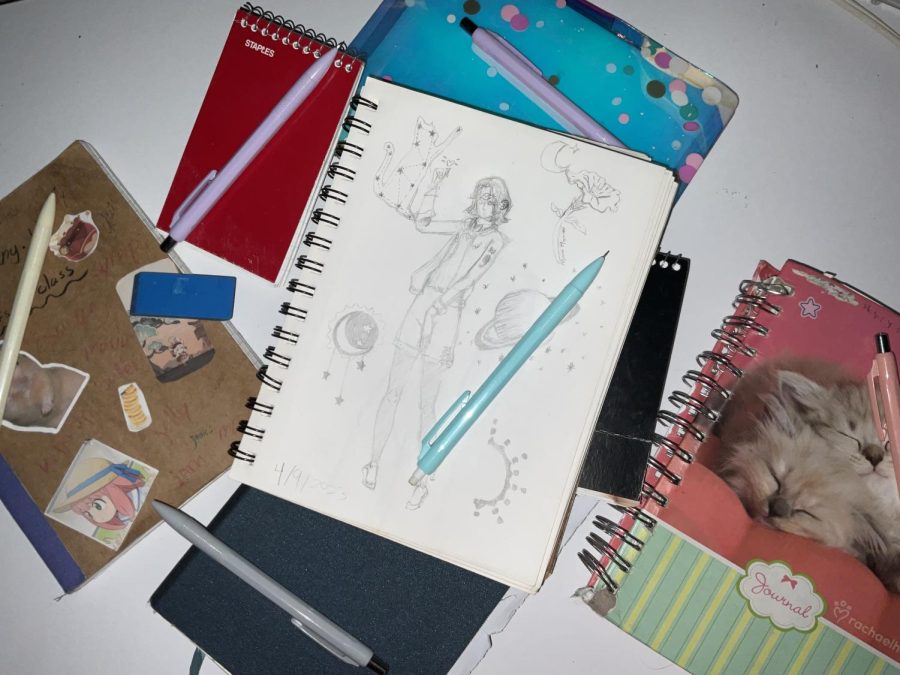Have you wondered what a rover does in space? Firstly, we have to understand what rovers are. Rovers are robots that are sent to other planets. They explore places Mars to do research to see if we can live on other planets in the future. These rovers collect information about these planets by using many features such as a drill.
Rover collects samples because it has a drill attached to the bottom. This rover also has another feature where it can store the rover samples inside itself. According to NASA, it states, “Then the bit carousel rotates that Mars-filled drill bit and a sample tube down inside the rover to a location where our sample handling arm can grab it.”
This tells us the rover has a drill which collects samples that are then stored in the rover. After these samples are collected they are sent to labs where they do research on them.
Another important part of the rover is the preparation. The rover is put through an obstacle course that is similar to planets’ surfaces. According to Space.com, it states, “As part of the tests, the rover rolled over big rocks, and had to maneuver itself through quicksand-like soil as it climbed up steep slopes and over craters.”
This explains to us rover must be put through a process to be able to drive in space. This also tells us that scientists must test rovers before being sent to the moon or Mars so they know if the rover can run over any object.
Lastly, we have to understand how the rover moves in space. The rover moves in space with autopilot. According to NASA JPL, the video shows the rover can navigate the safest way by itself or scientists can also send specific commands to guide the rover.
This video explains how the rover has many unique ways to be controlled and moved.
In conclusion, the rover has many unique tools to use on Mars. it also has steps to go through before and after landing on Mars.



















David • Jan 9, 2024 at 12:39 pm
I learned that Rovers can do many things
Brandon A • Jan 9, 2024 at 12:33 pm
Something I learned from this is the rover collects samples that they do research on